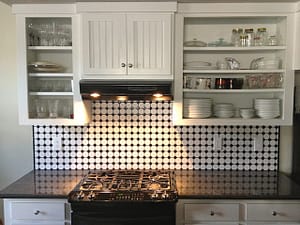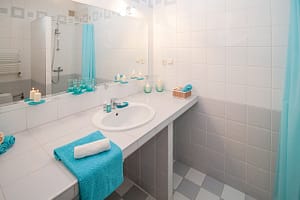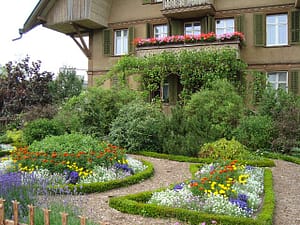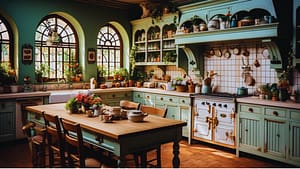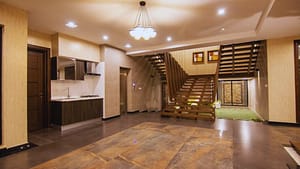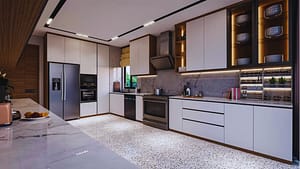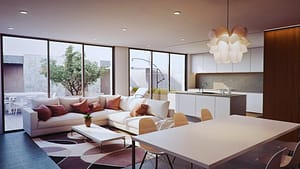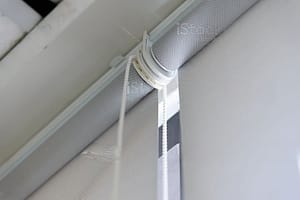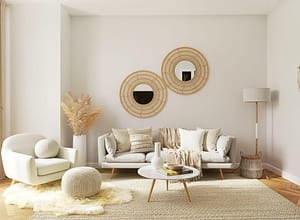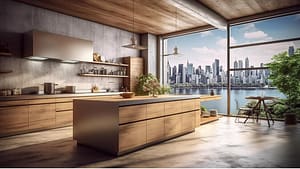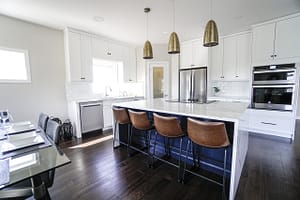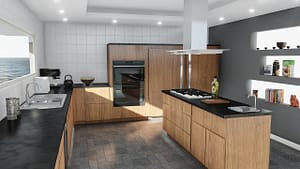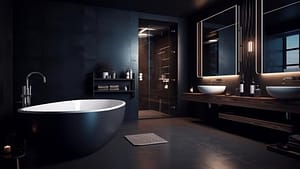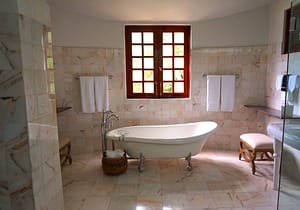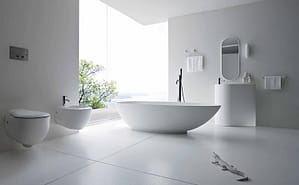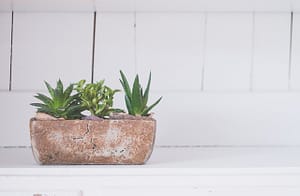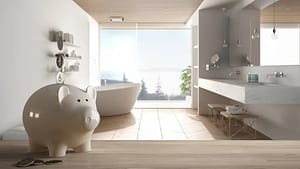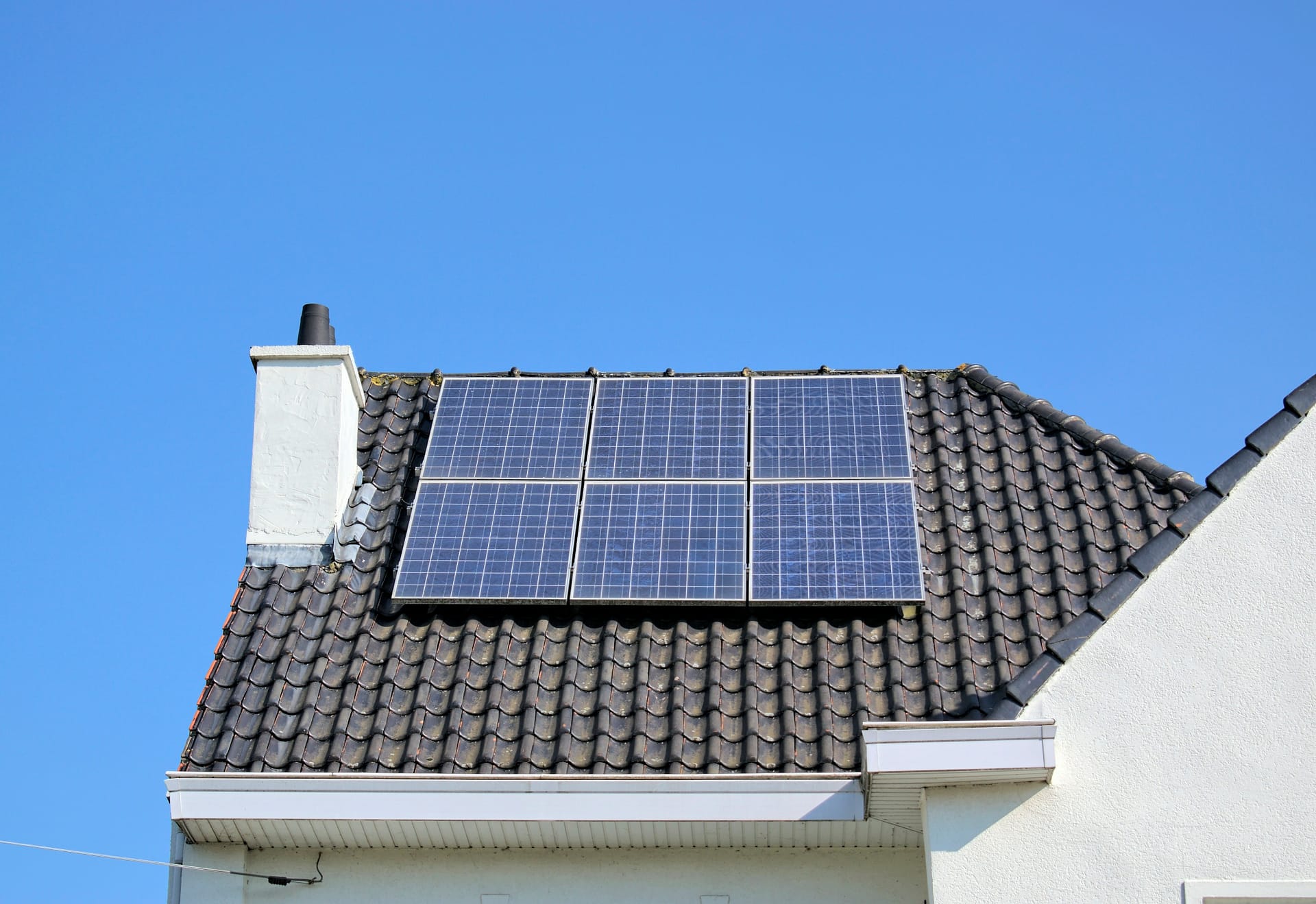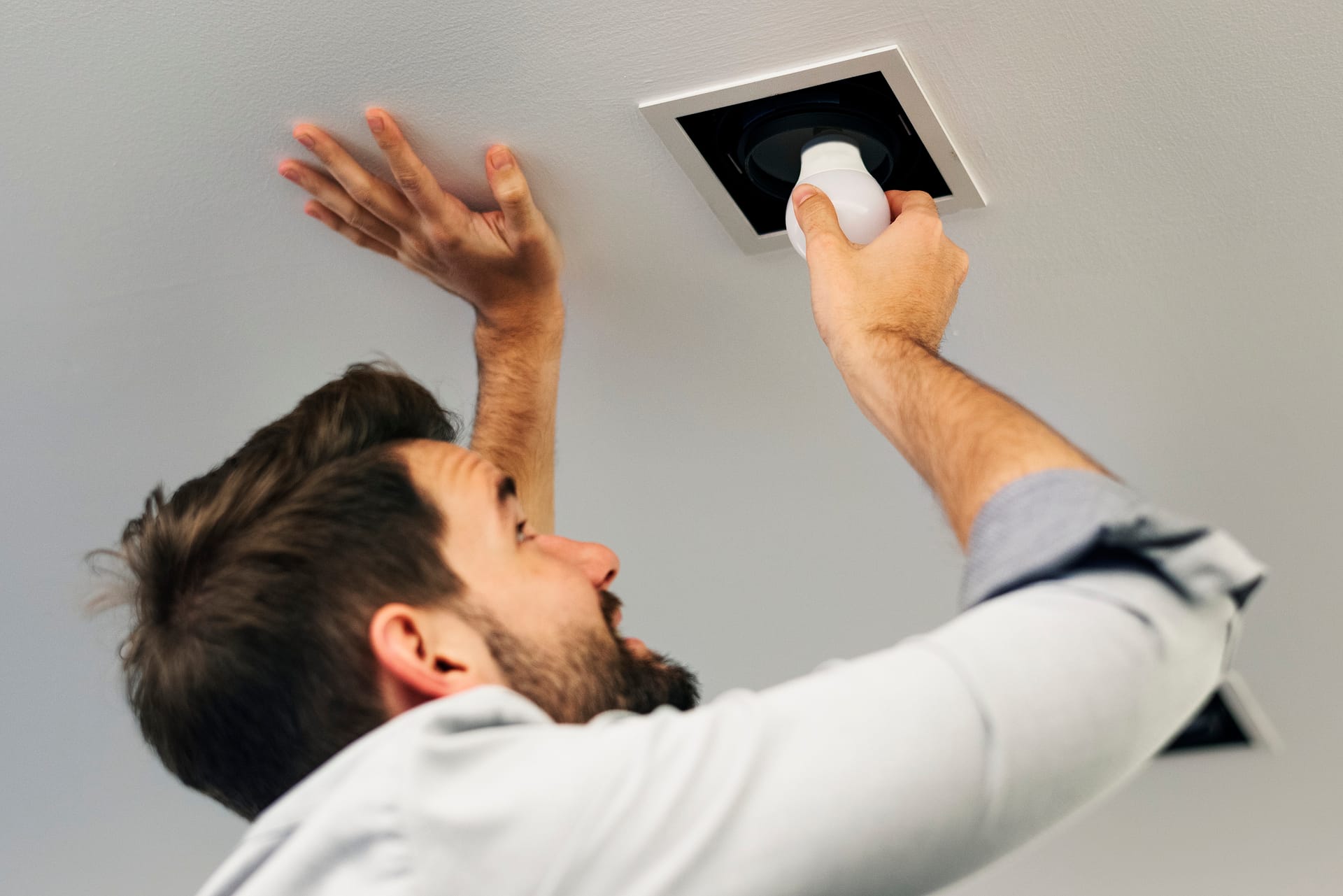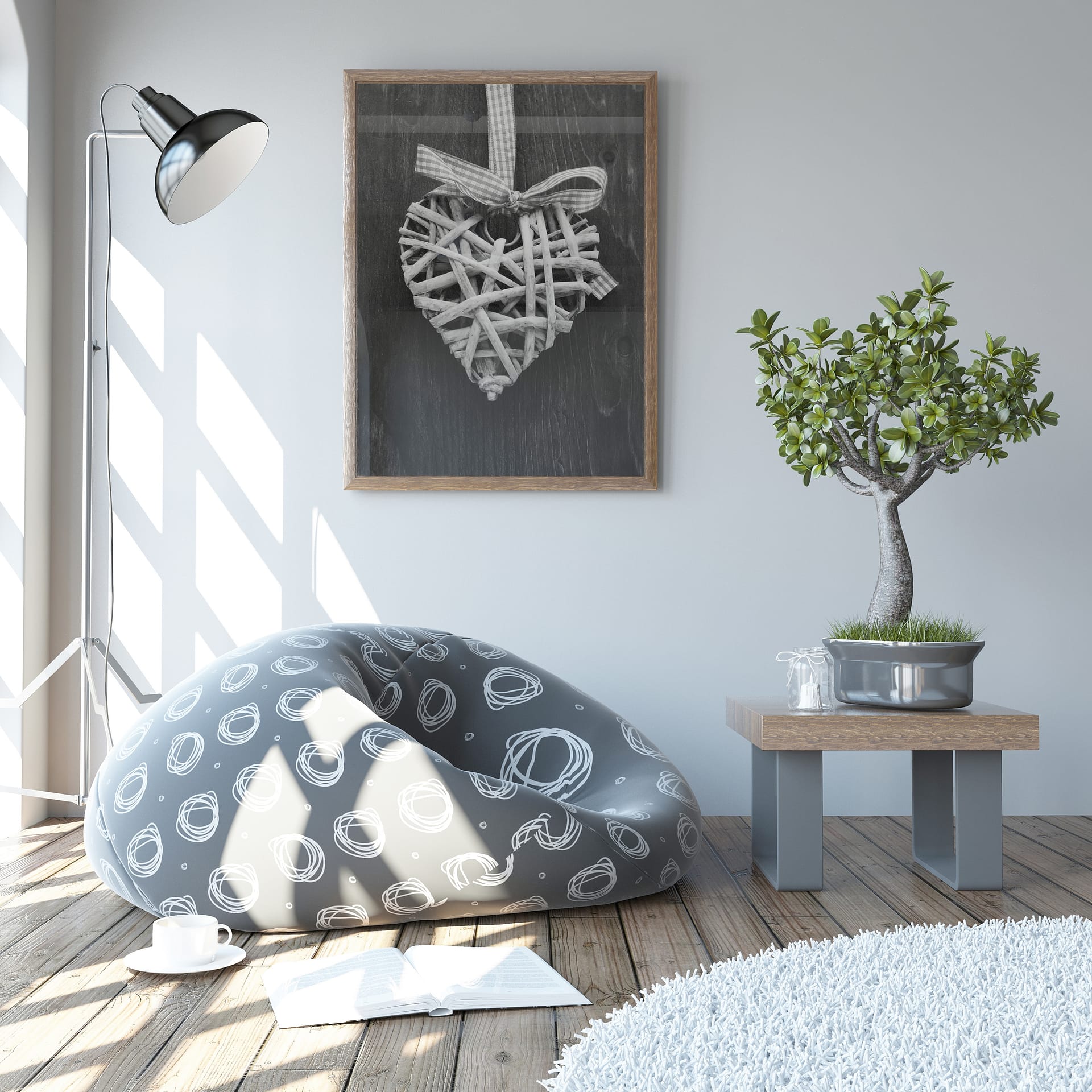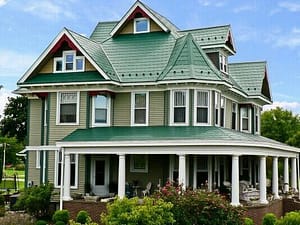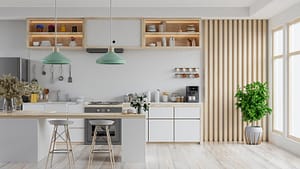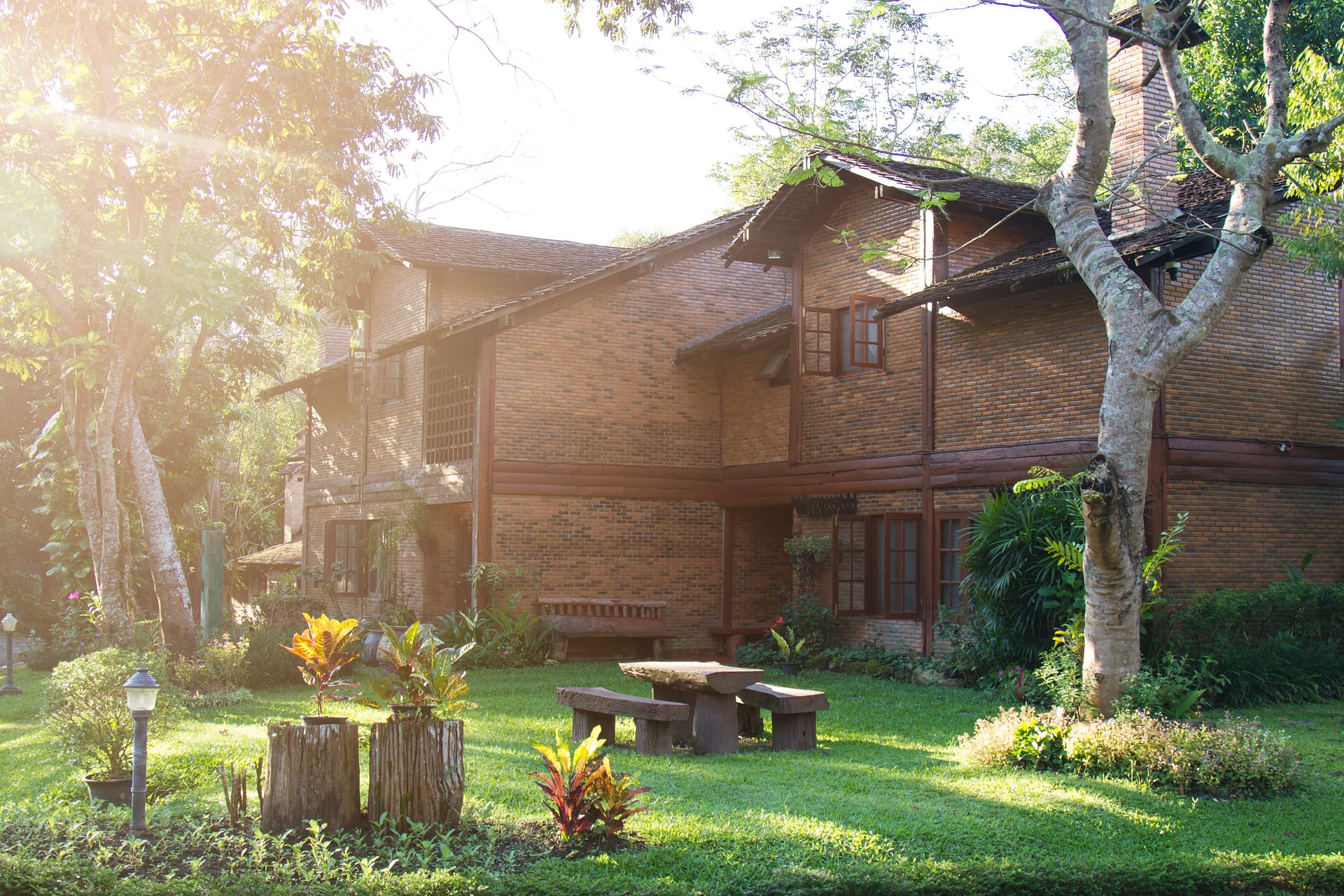
The weather patterns are changing, storms and hurricanes are becoming more extreme, and greenhouse gas emissions are increasing more than ever. Global warming and climate change are real and dangerous threats that are affecting millions of people around the globe. It can disrupt and negatively impact our lives, and if action is continuously delayed, this could only get worse.
There are numerous actions a person can do to fight against these threats and building eco-friendly homes are one of those ways to do it. An eco-friendly home would ensure that your lifestyle would have a minimum negative impact on the environment as possible.
But saving the environment is not the only reason to go green. An eco-friendlier home design could help you save on electricity costs such as heating, cooling, and even lighting.
Before you get too excited about the building, here are some tips to help you design your own green home.
Power up with an Alternative Energy Source
Electricity is an essential aspect of one’s home. The development of electricity has offered numerous conveniences for humans but more harm to the environment. Around 60% of global greenhouse gas emissions come from energy consumption which continuously relies on fossil fuels such as coal, natural gas, and petroleum.
These days, small actions such as turning off the lights or switching off your television are not enough to save the environment. Using an alternative energy source or renewable energy source is the best way to reduce your carbon footprint.
Solar Panels are the most common method to use. It’s a great investment, especially for those who live in sunny climates. Other renewable sources such as a wind power system, a geothermal and hydrothermal can be used as well.
Eco-Friendly Lighting
In relation to using energy, lighting can also make a big impact on the environment. Designers and homeowners generally prefer incandescent light bulbs, but because the amount of electricity they burn through affects the environment, perhaps it’s time to switch to a more energy-efficient model.
Installing LED light bulbs when you build a home can make a huge difference. This type of lightbulbs uses less energy which demands less from power plants and reduces greenhouse gas emissions. There’s no need for a lot of LED lights to achieve the same level of brightness given off by fluorescent and incandescent lights which could also reduce energy consumption.
Read: 7 Quick Renovations to Improve Your Home’s Curb Appeal for Less
LED lights also don’t require frequent replacements since it has a lifespan which could last up to six times longer than other types of lights. It also contains no toxic elements such as mercury that traditional lights have so it wouldn’t contaminate the environment when it’s time to dispose of it.
Natural Lighting
Energy-efficient lighting is all well and good, but building your home gives you the opportunity to have access to copious amounts of natural light by adding skylights and large windows.
When placed correctly, you can let light into your home which leads to substantial energy savings. Not only would you spend a lot less on our energy bills but minimizes the need for artificial lighting and reduce greenhouse emissions.
Windows should face south to maximize sun-warmth in winter and natural light gain in summer. Your second best choice is windows facing east, to get morning sun without an excess of the afternoon heat.
Opt for Eco-Friendly Materials
Saving money is any person’s main priority, which is why cheap products can be tempting. But while these materials are at a reasonable price, it does not necessarily mean it can help you save money in the long run.
The entire lifecycle of a building cannot only affect your bank account but the environment as well. Cheap materials have a short lifespan. Once their times up, you’ll need to replace them with a new one which leads to spending more money.
Meanwhile, your deteriorated roofs will become landfill which produces harmful gases and pollutes the local environment, including water and soil. It also lowers both energy consumption and pollution while maintaining natural resources.
You also want to select materials with as small of an environmental impact as possible. This means using resources made from recycled products. The more durable these components are, the less frequently you’ll have to replace them. Again, this is good for the environment and to your pockets.
Good-quality building materials are crafted with the strongest design principles. Because of this, they’re prepared to last a lifetime, benefiting your bank account as well as the environment.
These products include cement board siding, stone, and brick, and stand. What you need to keep in mind is to use materials that don’t release toxins.
Even roofing has an eco-friendly option. Eco-friendly roofing materials such as metal not only protects the structure of your home but also provides better insulation for your home. The key to run an efficient green home is good insulation. It keeps the heat out during hot months and in during the cold months which reduces the energy consumed through cooling and heating.

